We will begin with the obvious: something to cook in.
Pots and Pans.
I’ve never been more frustrated, than when dealing with a stovetop that’s either too hot or too cold irrespective of markings.
Compounding this problem was cheap, thin pans.
Those of us above a certain age, can remember our mother’s prized Revere Ware™
copper-washed stainless cookware set. Probably received as a wedding gift.
Functional, but thin, and prone to burning everything other than water.
And I’m not so certain about the water.
My grandparents had cast iron pans, a cast iron Dutch Oven, and ceramic glazed cast iron casseroles, often augmented with CorningWare®.
Pots for boiling were aluminum, and likely from Mirro®.
My grandmother had far less issues with food burning, for two reasons:
Patience to start cooking 15 minutes earlier than my mother…
and… those heavier pans and casseroles.
So if I’m on a limited budget, single and on my own for the first time, or a struggling parent with a EBT card budget, how do I avoid buying bad cookware from a “Dollar” or big box retailer? What sizes do I need? Should I buy a set?
#1 is Thrift Shops.
You can find all sorts of quality (and mismatched) cookware at thrift shops.
Do you really care if your bougie frying pan doesn’t match your equally bougie sauce pot?
It’s rare to find a complete set.
#2 is discount retailers like Marshalls, Kohl’s, and Homegoods (each is trademarked).
Featuring last year’s major brand’s second line of products, being closed out at a bargain price. Brand name quality, at a fraction of the list price. Again, complete sets are rare.
#3 is major brand clearance websites.
Example: “Home & Cook Sales” is the All-Clad® outlet for damaged packaging
and second-quality products. Complete sets are often where the best bargain is.
Your personal needs, and your family’s size, will dictate what is a practical – or impractical –
size for your pots, pans, casseroles, and bakeware.
Cooking for two, will seldom require anything over an 8 quart stockpot.
Cooking for yourself plus 4 teenagers will seldom need anything smaller than a 12 inch fry pan.
At least until one is vegan, one is paleo, and the other two are just plain hungry!
In the restaurant trade, there are three common products:
The commercial aluminum pot and pan sourced through a restaurant supply company.
Not the best for long-contact with acidic sauces, but it’s a hard-to-kill item.
Even when in the hands of someone fresh out of rehab.
The cast iron pan. Lodge® brand if you’re lucky.
More often some Chinese knock-offs of dubious quality
The true fanatics will have antique Griswold pans,
or modern bespoke $300 handcrafted skillets.
Commercial grade Stainless. All-Clad® has been the industry standard.
Recent competitors include Made-In,® and Misen.®
At a lower price, and slightly lower quality, Tramontina® and Goldilocks.
If you can find any of those at your pricepoint, buy it.
Carbon Steel.
Thin, conductive carbon steel has ruled the French cuisine scene in many a restaurant.
The best, are pricy – $50 or more per piece. Typically sold through restaurant supply companies.
The knockoffs, while cheap, aren’t best.
Ceramic/Aluminum/non-stick Hybrids.
HexClad, and the better pricepoint Greenpan, or Blue Diamond as examples.
They seem to be taking the world by storm. I know people who own them.
That said, I don’t know of a single commercial kitchen using them.
That includes Gordon Ramsay’s pricy HexClad, which comes with celebrity chef endorsements.
In our next segment, we’ll address knives, cutting boards, and knife sharpening.
Until then…
~ G
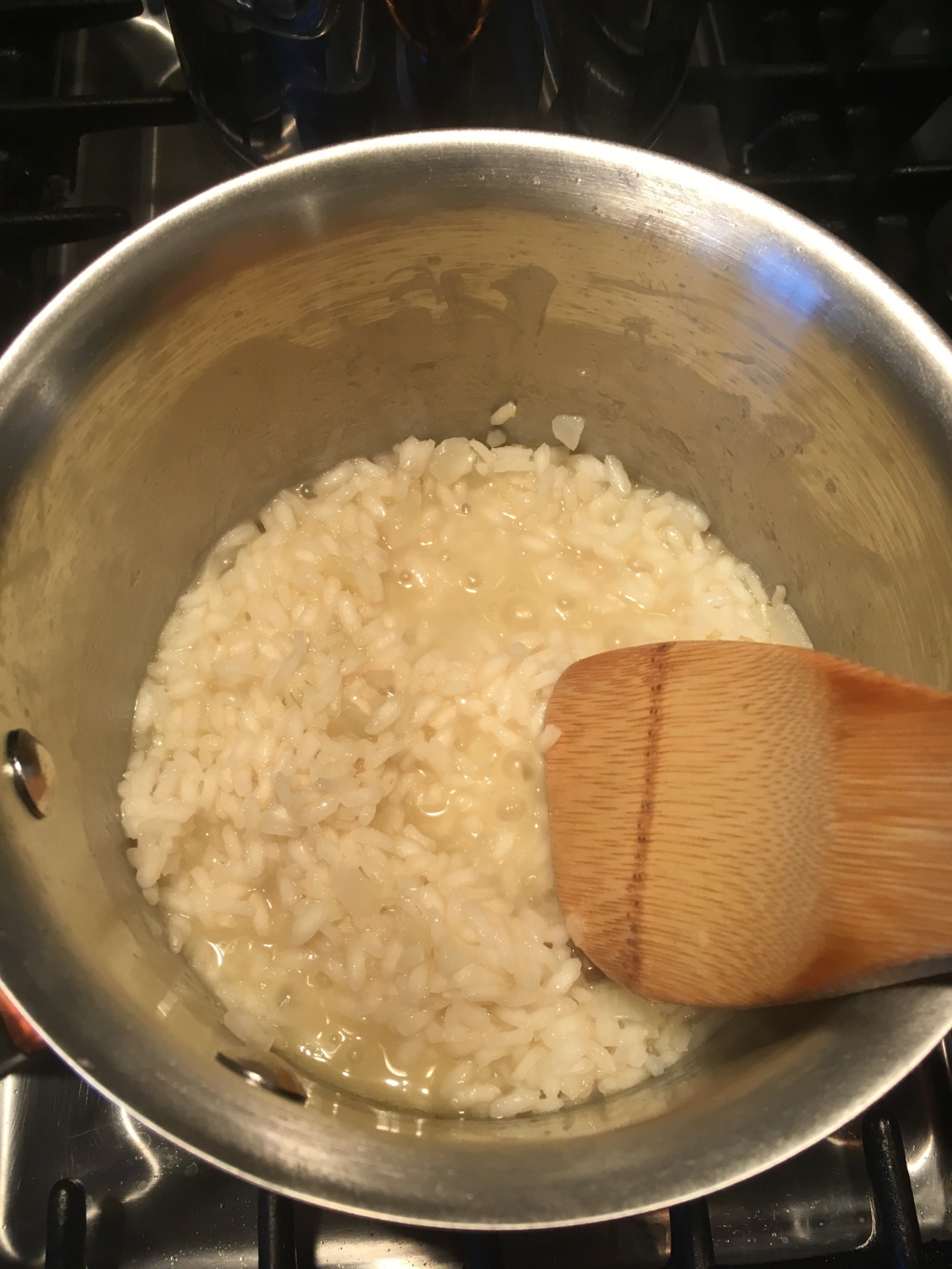
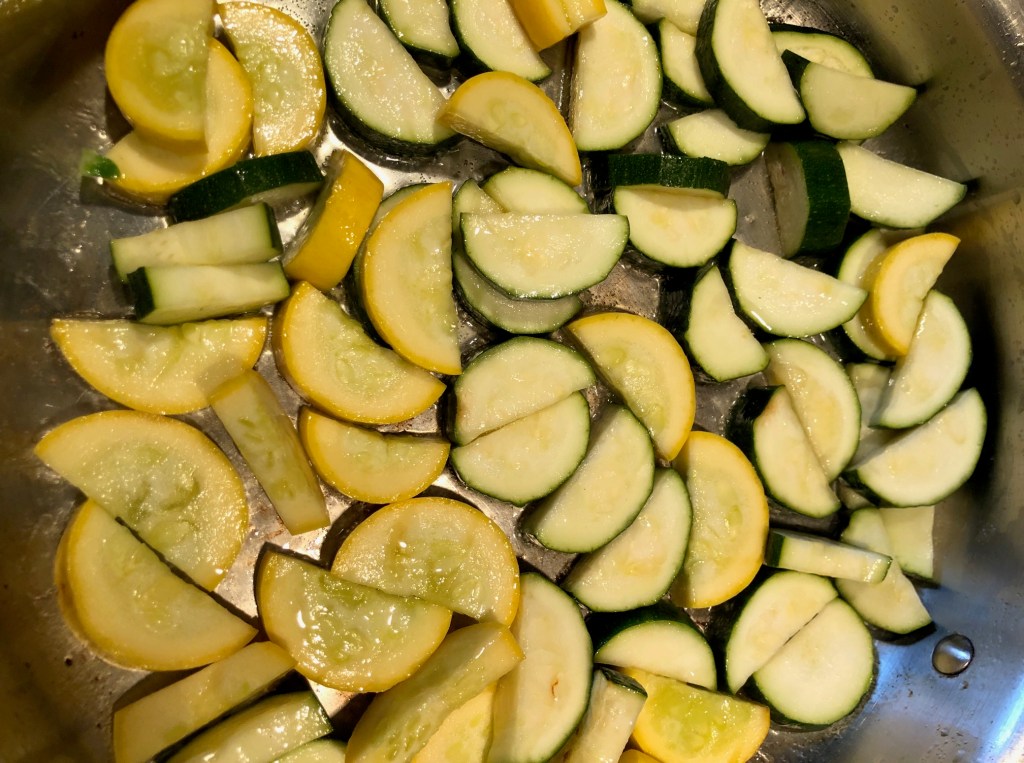
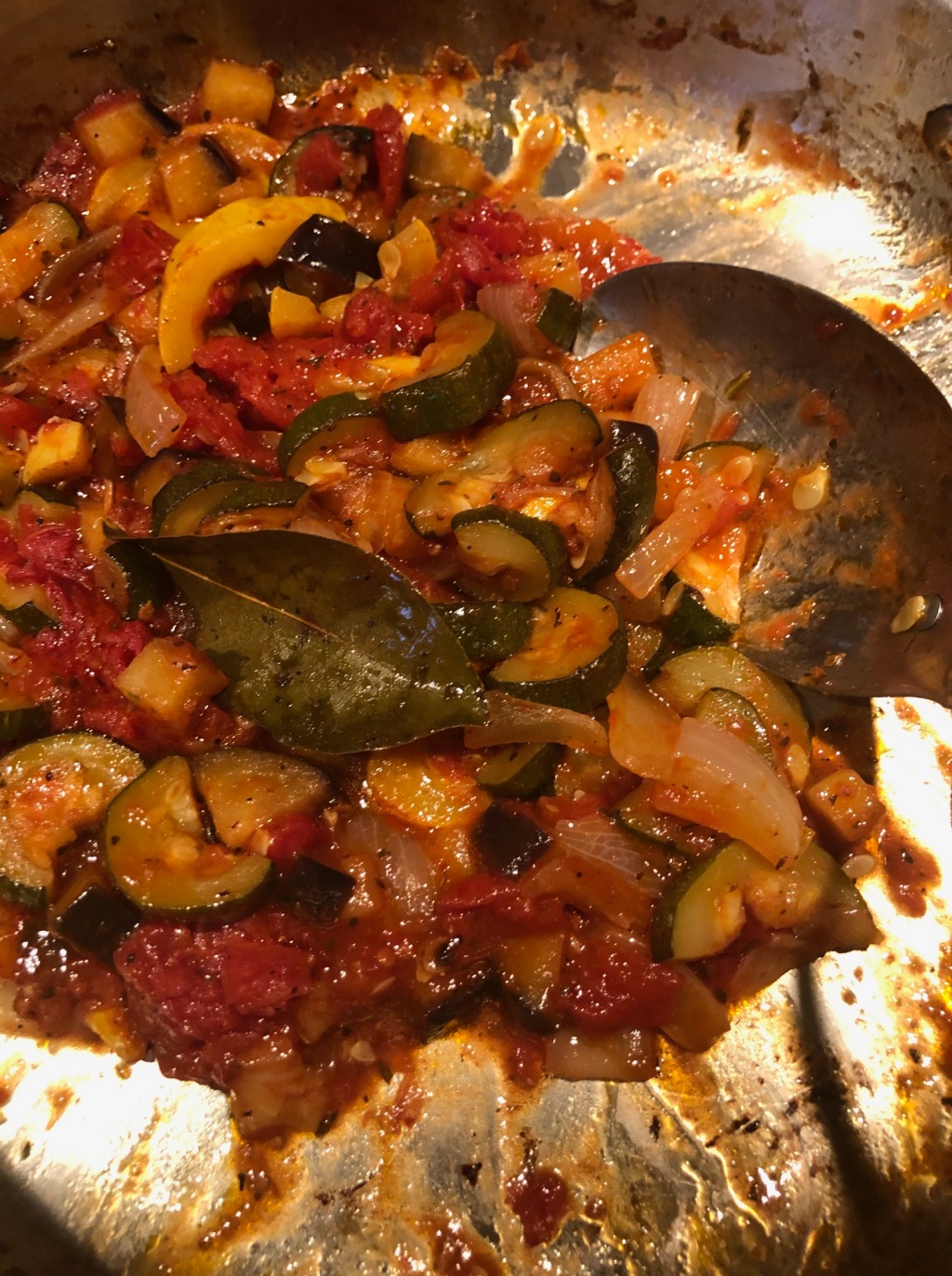
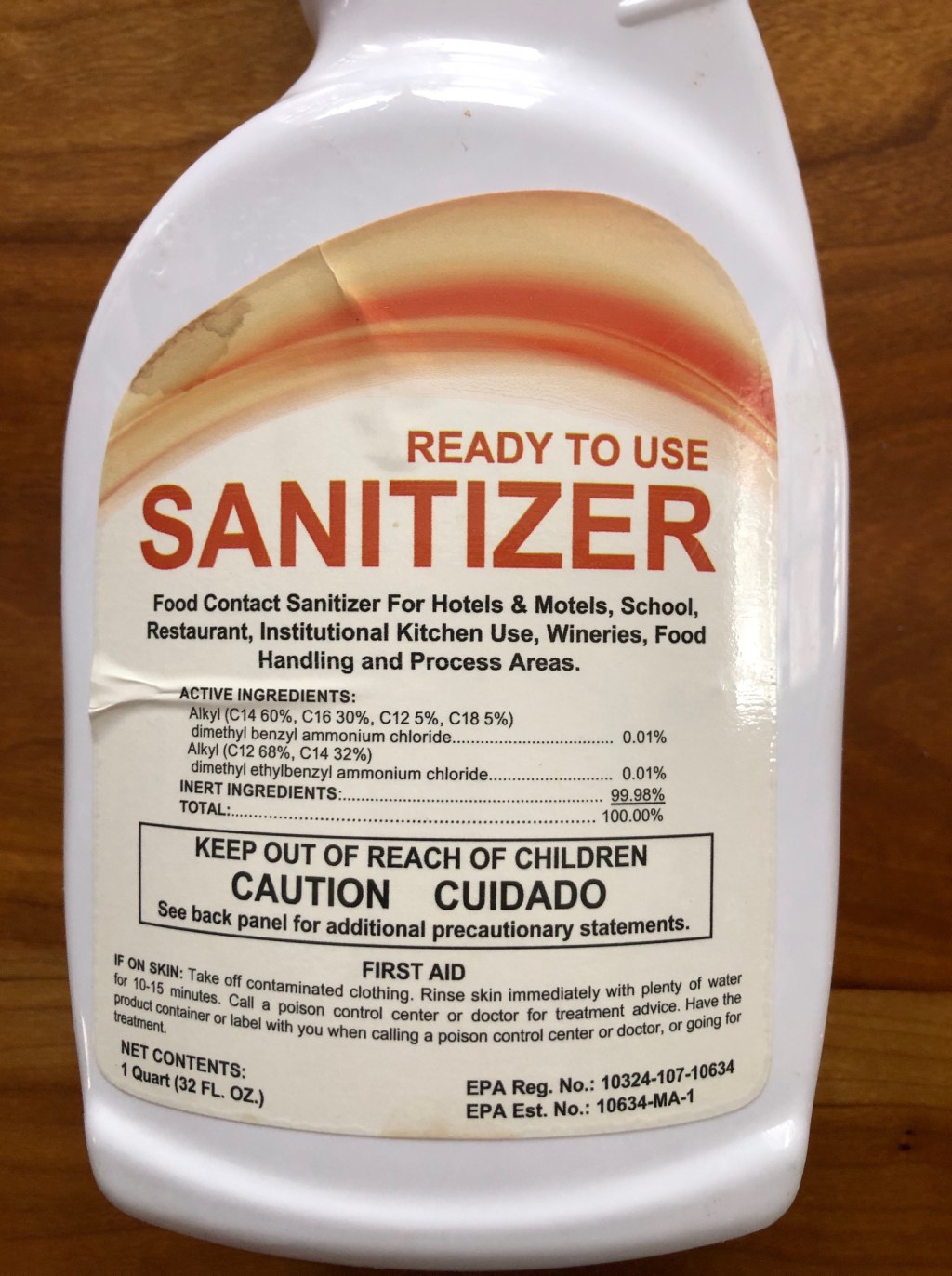
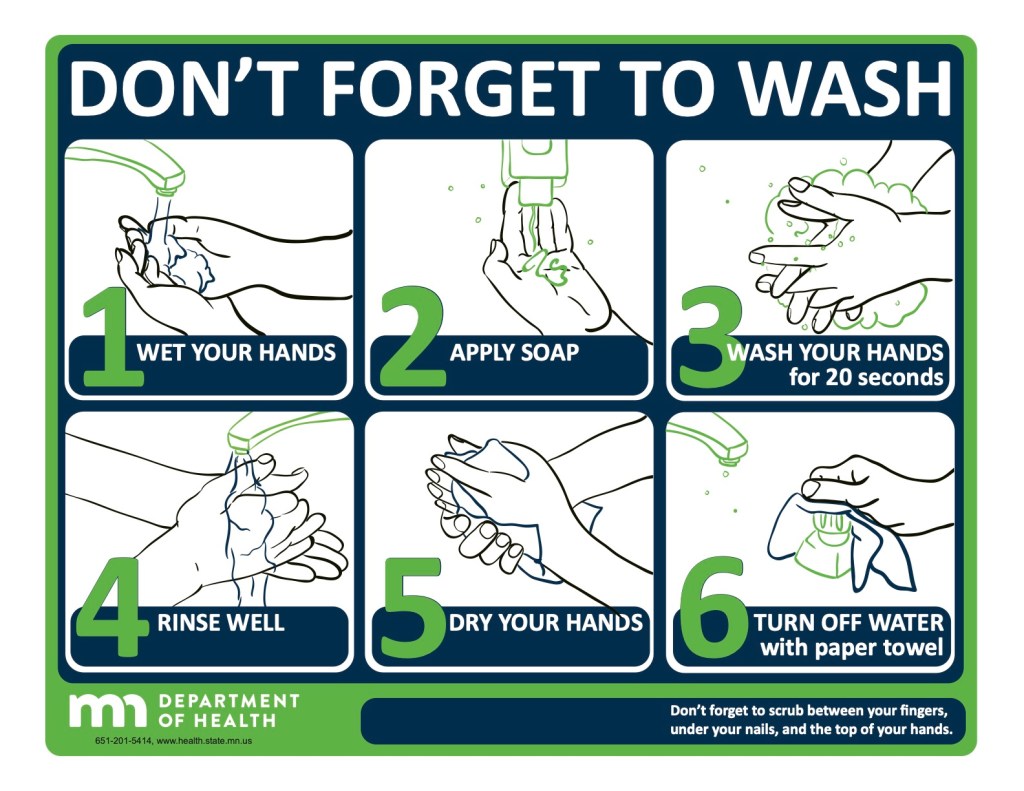
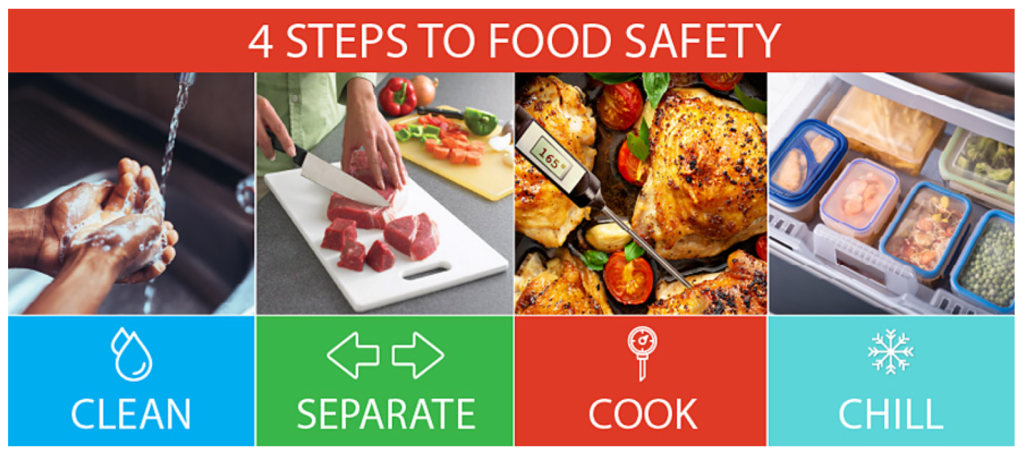
Leave a comment